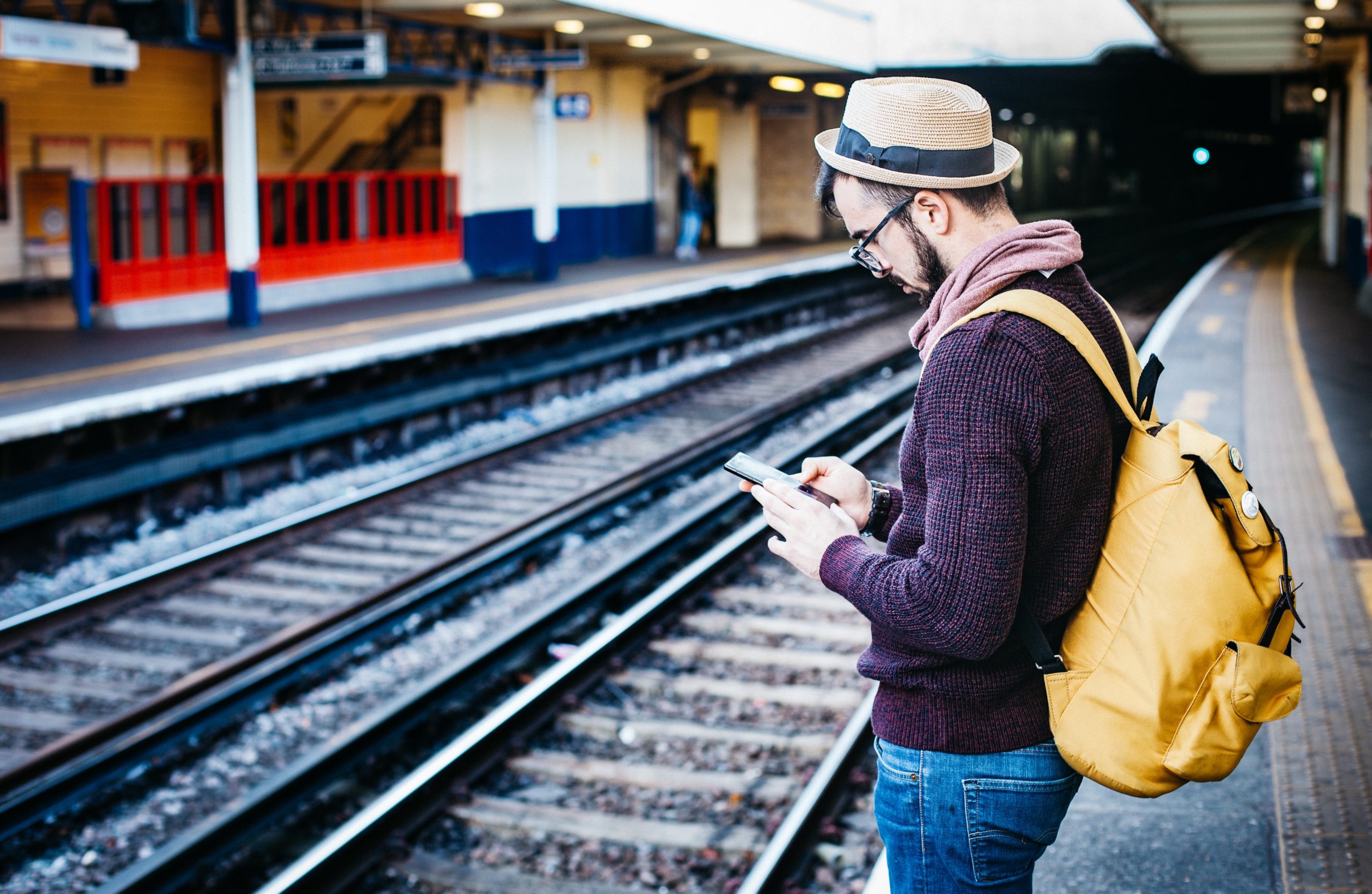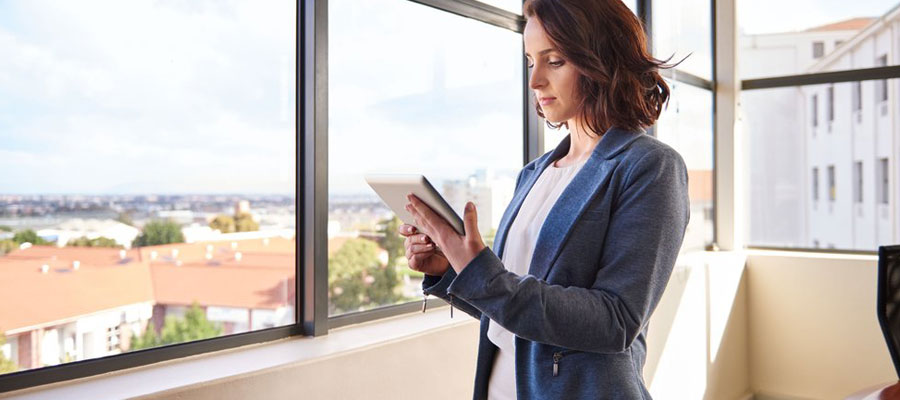In my last post I talked about the rise of tablet-based search and the impact it was having on occupancy and how guests research and book rooms. This week I came across a great article that puts some more meat on the ‘guest-evolution’ bones.
Google (along with market-researchers Ipsos and Sterling Brand) did some research looking at the new multi-screen world that today’s consumers have created. Supporting the notion that businesses need to present a consistent experience across multiple touch points, they reported that “approximately 90% of our media consumption behavior, 4.4 hours each day, is spread across all four device types (smartphones, tablets, PC/Laptop and TV). The average daily time spent on the respective devices is 17 minutes for Smartphones, 30 minutes for Tablets, 39 minutes for PC/Laptop and TV is still king (but just) at 43 minutes.
The point of the article was this; is your content providing a consistent user experience across all the digital delivery platforms that your prospective guest might try to access your content? Bear in mind that user expectations and objectives may be different from device to device. On their PC, they may do a deeper dive into your detailed site, offering, location images and activities etc. On a Tablet they may be surfing through looking generally at availability and pricing. On their Smartphone, they’re on the highway, now looking with intent for a room to book for tonight!
And hence the link to occupancy improvement. Allowing the guest to pull up and do what’s required of your site on any device they choose may be the difference between them competing the final booking with your hotel, versus on that’s more… accommodating (sorry, pun intended). Estimates say that the average booking cycle involves 17.5 travel sites and 10 hotel website visits over an average of 6 days, 18 hours before a new guest completes a final booking . There’s much more likelihood of not increasing your occupancy if you’re not accessible and easy to convert with when your prospect is finally ready.
We know that the modern consumer has changed. Unless we’re of the wired generation, or we read a lot, we may not realize just how much they’ve changed. The quote from author William Gibson may capture it best:
“The future is already here – it’s just not evenly distributed.”





